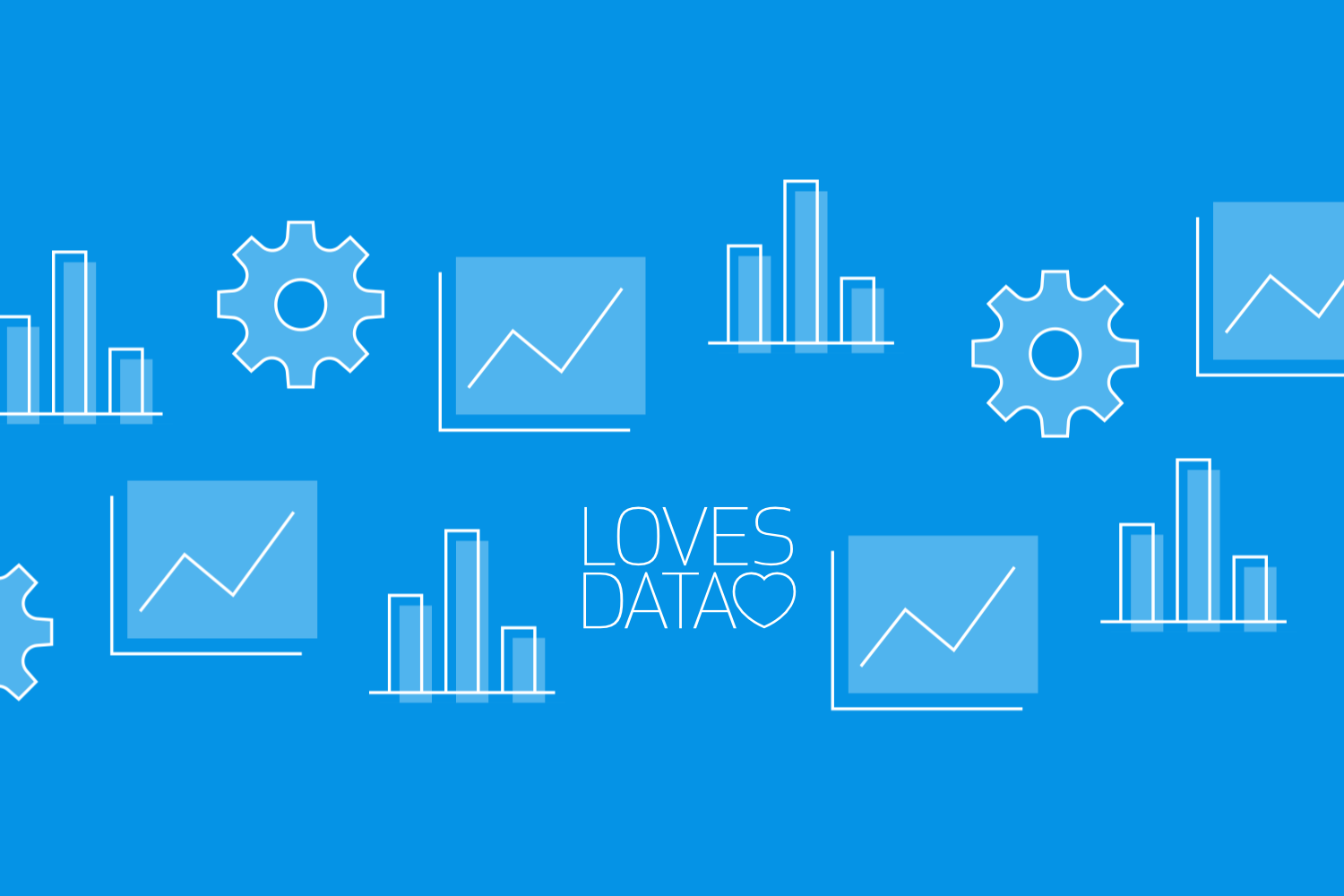Understanding Google Ads Features for Better Agency Performance
Loves Data
Google Ads is an indispensable tool for digital marketing agencies aiming to deliver exceptional results for their clients. As fierce competition exists in the online advertising landscape, effective management and optimization of Google Ads accounts are key to achieving top performance and increased return on investment (ROI). So, let’s unravel the Google Ads best practices for agencies together, covering crucial topics such as account organization, ownership, reporting, and billing.

At Loves Data, we pride ourselves on providing top-notch online courses that help businesses and marketing professionals like you master the ins and outs of Google's marketing platforms. With our courses, you'll be equipped with the knowledge and strategies required to excel in managing your clients' Google Ads accounts and delivering outstanding results.
Efficient Google Ads account management involves creating separate accounts for each client, utilizing a manager account for a holistic overview, and determining account ownership if a client leaves. Moreover, setting up regular reporting for clients, as well as deciding the billing method for ad spend, are essential factors in ensuring a smooth, successful professional relationship.
By implementing these best practices, you will not only elevate your agency's performance but also build long-lasting relationships with satisfied clients. Join us as we uncover the powerful Google Ads strategies that will streamline account management, optimize campaigns, and propel your Bagency towards greater success in the competitive online advertising space!
Understanding Google Ads: A Strategic Approach for Agencies
1. Create Separate Google Ads Accounts for Each Client
Proper organization is fundamental to efficient account management. Creating individual Google Ads accounts for each of your clients allows for easy and transparent management, ensuring that your clients' campaigns are treated independently. This not only helps in tracking performance accurately but also enables tailored account settings and budget allocations based on each client's unique requirements.
To set up separate Google Ads accounts for your clients:
- Sign in to your Google Ads Manager account.
- Click on "Accounts" in the left-hand menu.
- Select the plus icon in the blue circle and click on "Create new" in the "Account Type" dropdown menu.
- Fill in the required details, such as your client's business name, currency, and time zone.
- Click on "Submit" to create the new account.
2. Utilize a Google Ads Manager Account
A Google Ads Manager account is a must-have tool for agencies managing multiple client accounts. It offers a centralized platform from which you can oversee all of your clients' Google Ads accounts, streamlining the process and saving precious time. With a Manager account, you can:
- Access and manage multiple client Google Ads accounts from a single interface.
- Run cross-client reports that aggregate data from all of your managed accounts.
- Monitor and analyze performance metrics using a single dashboard.
- Send invitations to clients, granting them access to their accounts.
To create a new Google Ads Manager account:
- Visit https://ads.google.com/home/tools/manager-accounts/ and click on "Start now" to create a new Google account.
- Fill in your email address, agency name, website URL, and country, then click on "Save and continue."
- Once your account is created, you can link your clients' Google Ads accounts for seamless management.
3. Determine Account Ownership and Transition Procedures
In the digital marketing world, it's essential to plan for various scenarios, including the possibility of a client leaving your agency. Clear communication and a well-defined agreement can prevent any conflicts and ensure a smooth transition for both parties. Consider the following factors when determining account ownership and transition procedures:
- Clearly outline the terms of account ownership in your client contracts.
- Set expectations for transferring account access upon the termination of the business relationship.
- Discuss any proprietary information, such as custom scripts or unique strategies, that should not be shared with the client upon leaving.
- Determine the timeframe for handing over account access and finalizing account-related information.
4. Establish Regular Reporting and Communication
Regular reporting and proactive communication are vital aspects of a successful agency-client relationship, as they foster transparency and trust. By keeping your clients in the loop, you demonstrate your agency's commitment to delivering results, addressing concerns, and continuously improving their campaigns. Consider these steps when setting up regular reporting and communication:
- Customize account reports to highlight essential metrics relevant to your clients' business goals.
- Schedule automated report delivery via email at specific intervals (weekly, monthly, or quarterly).
- Use report annotations to explain significant changes, trends, and optimization actions.
- Conduct periodic meetings or calls with clients to discuss performance highlights, concerns, and future strategies.
5. Decide on Billing Methods for Ad Spend
Billing for ad spend is another critical aspect of managing Google Ads accounts for agencies. Clearly defining the billing method can prevent confusion and ensure timely payments without interruption to the advertising service. Two primary billing methods are:
- Client Direct Billing: The client directly pays Google for their ad spend. This method can simplify invoicing and allow the client to view and manage their budget within their Google Ads account.
- Agency Billing: The agency pays Google for the ad spend and then invoices the client for both the ad spend and management fees. This method might be preferred if the agency wants to control the budget or provide value-added services like consolidated billing for multiple clients.
Discuss and agree on the most suitable billing method with your clients before starting the campaigns. Transparent billing practices can enhance the agency-client relationship and ensure smooth cooperation.
Elevate Your Agency's Performance with Google Ads Best Practices
Maste ring these essential Google Ads best practices for agencies can help you streamline account management, optimize campaigns, and achieve outstanding results for your clients. By creating separate accounts, leveraging Manager accounts, determining account ownership, establishing regular reporting, and deciding on billing methods, you build a solid foundation for your agency's success in the competitive world of digital advertising.
Loves Data is here to support your growth with our comprehensive courses designed to help you excel in Google Ads management and digital marketing. Equip yourself and your agency with the knowledge and skills to stay ahead of the curve and foster long-lasting relationships with your clients.
Start your Google Ads learning journey with Loves Data with our wide range of digital marketing Google courses online!
